In Photos: Thousands of Asylum Patients' Bodies Buried Under University of Mississippi Campus
Where the bodies are buried
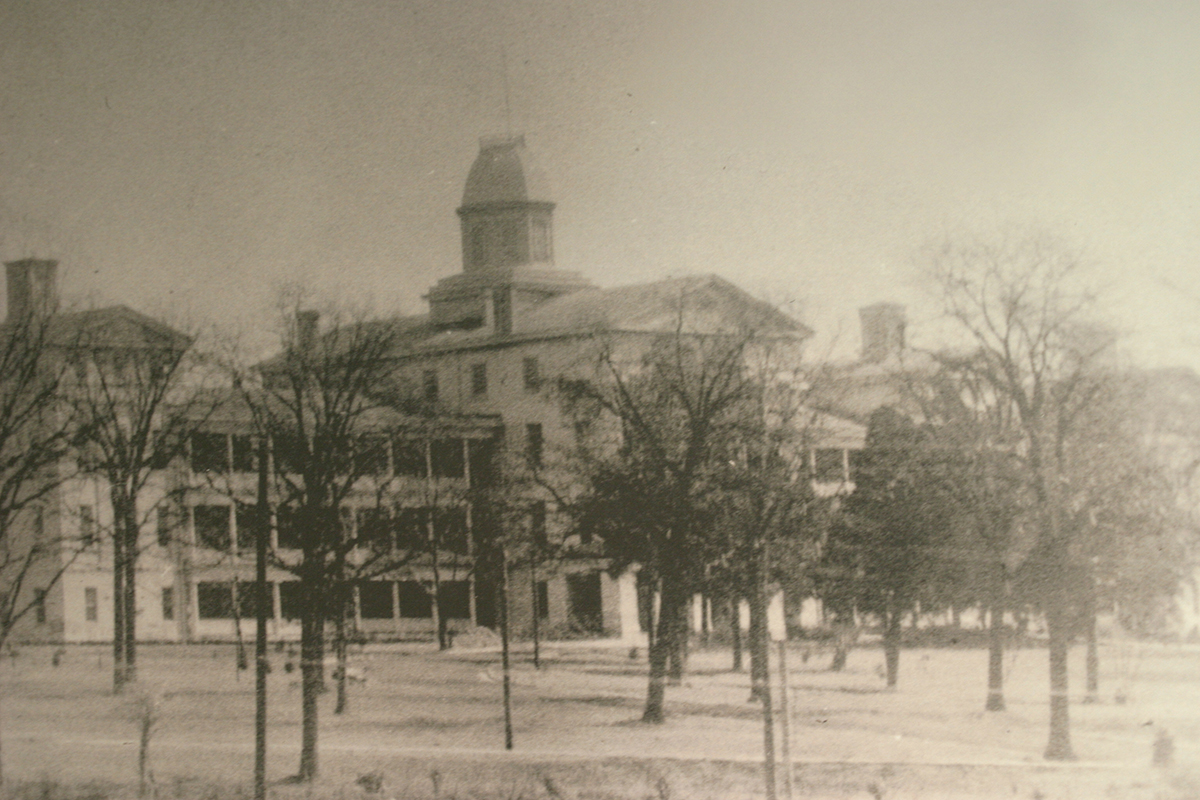
Built in 1855, the Mississippi State Insane Hospital housed an estimated 35,000 patients over a span of 80 years, until it was shuttered in 1935. Experts suspect that as many as 7,000 of the asylum's former patients are buried in unmarked graves under what is now the University of Mississippi Medical Center (UMMC).
Exhuming coffins
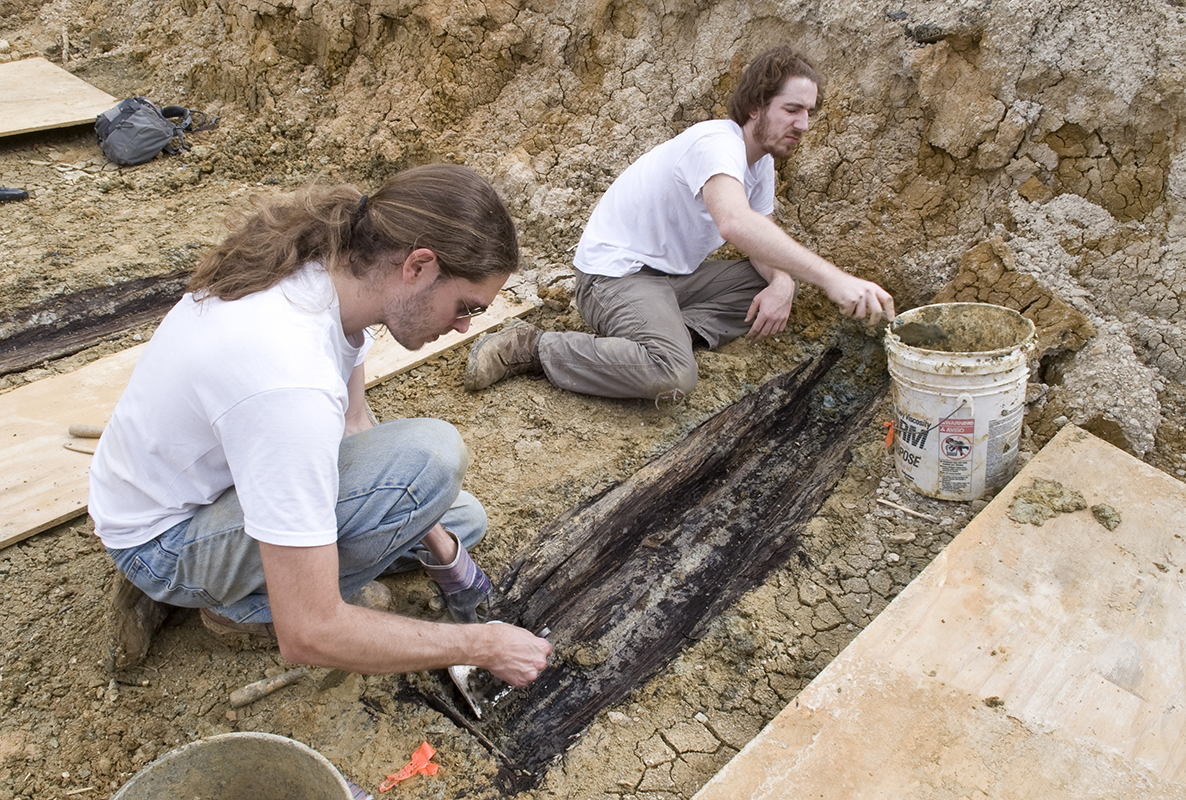
In 2012, construction workers unearthed 66 coffins while preparing to build a new road on the UMMC campus.
Respectful removal
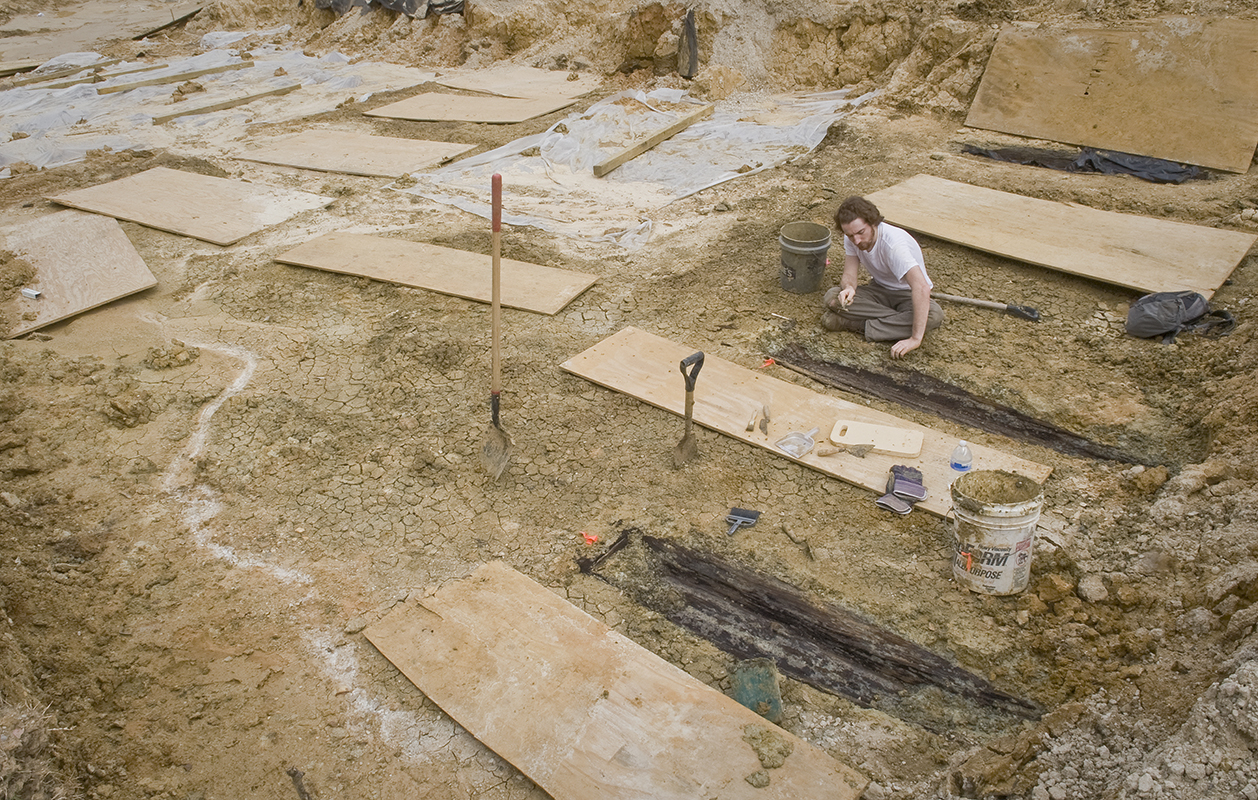
Anthropologists from Mississippi State University respectfully and ethically removed and documented skeletal remains found in 2012, following guidelines established by the Mississippi Department of Archives and History in Jackson.
Highly compressed
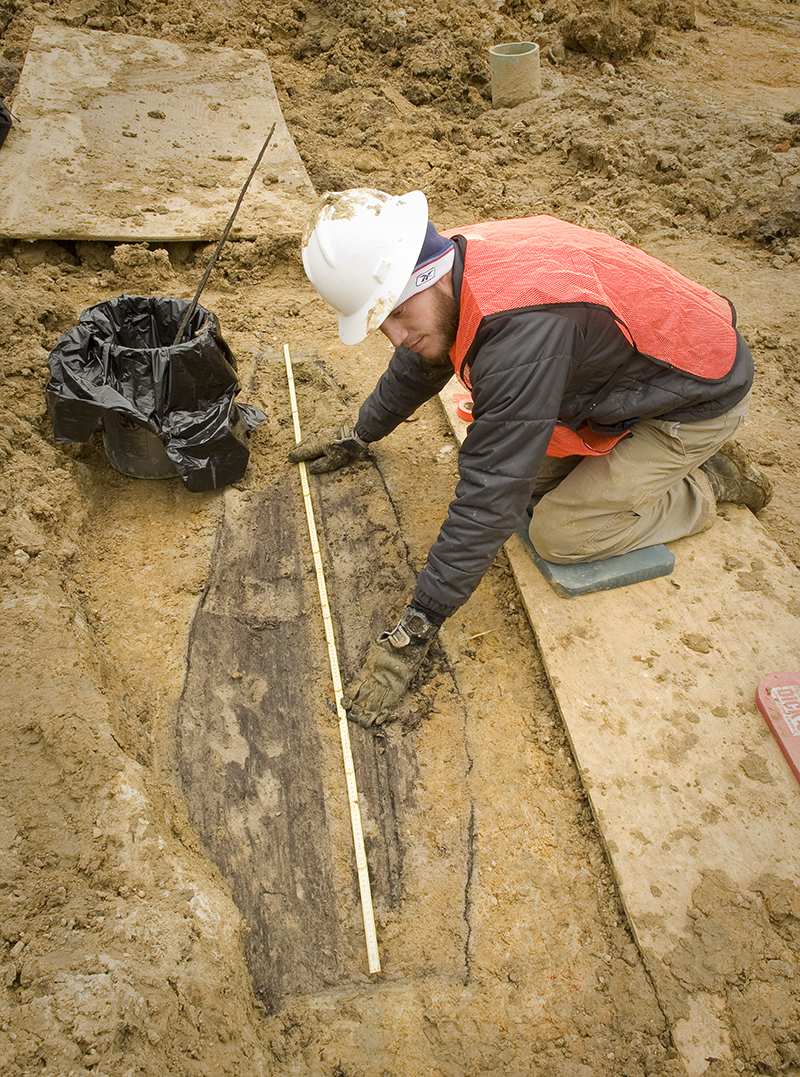
The pine coffins that held the human remains found in 2012 measured about 6 feet (1.8 meters) in length, but were unusually narrow, probably because they were compressed over decades by the soil's weight.
Valuable insights
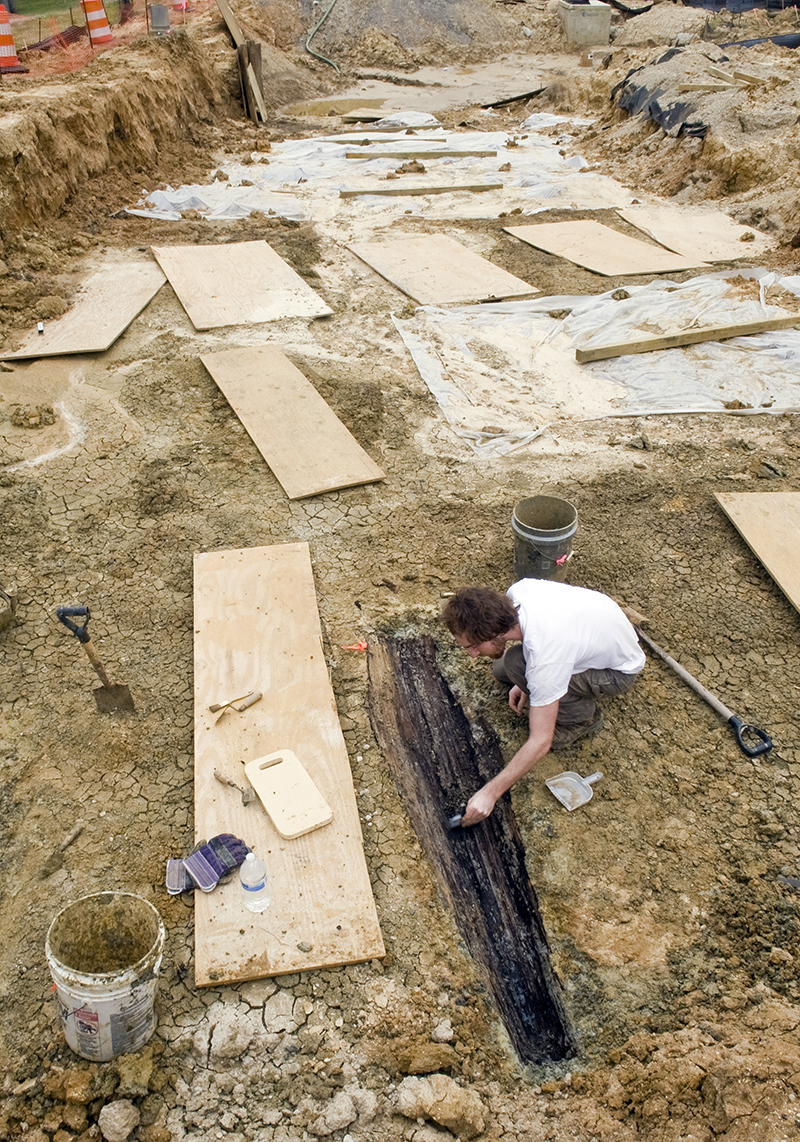
“Human remains represent archives and sources of information about human health and disease, and life experiences in the past that cannot be gotten from any other source of information,” Molly Zuckerman, an assistant professor in Mississippi State University’s Department of Anthropology and Middle Eastern Cultures, said in a statement.
Bird's eye view
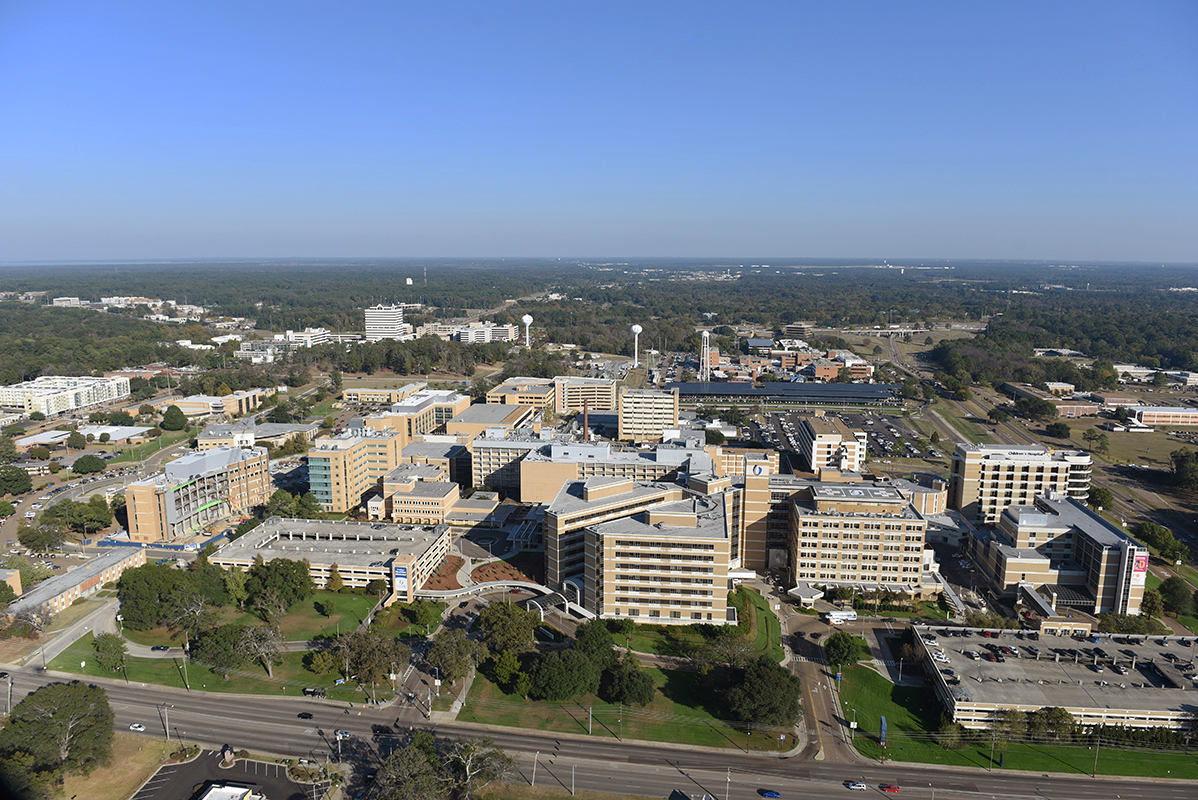
An aerial view of UMMC's 20-acre campus, where radar scans of the grounds detected as many as 7,000 buried bodies that were buried during the 18th and 19th centuries.
Asylum grounds
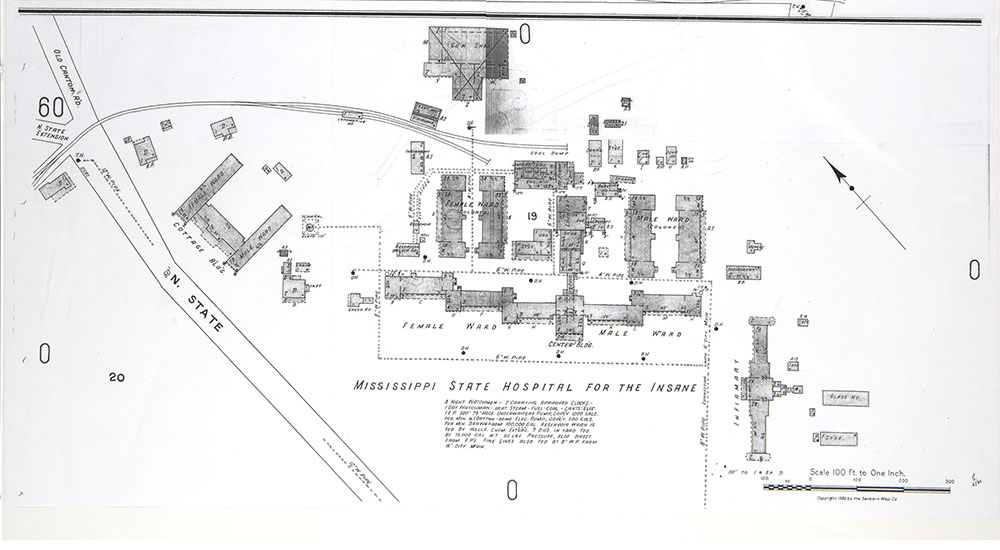
A map shows the layout of the buildings that were part of the Mississippi State Insane Hospital, which closed in 1935. According to hospital records, approximately 9,000 of the asylum's residents died during its 80-year history.
Get the world’s most fascinating discoveries delivered straight to your inbox.
High mortality
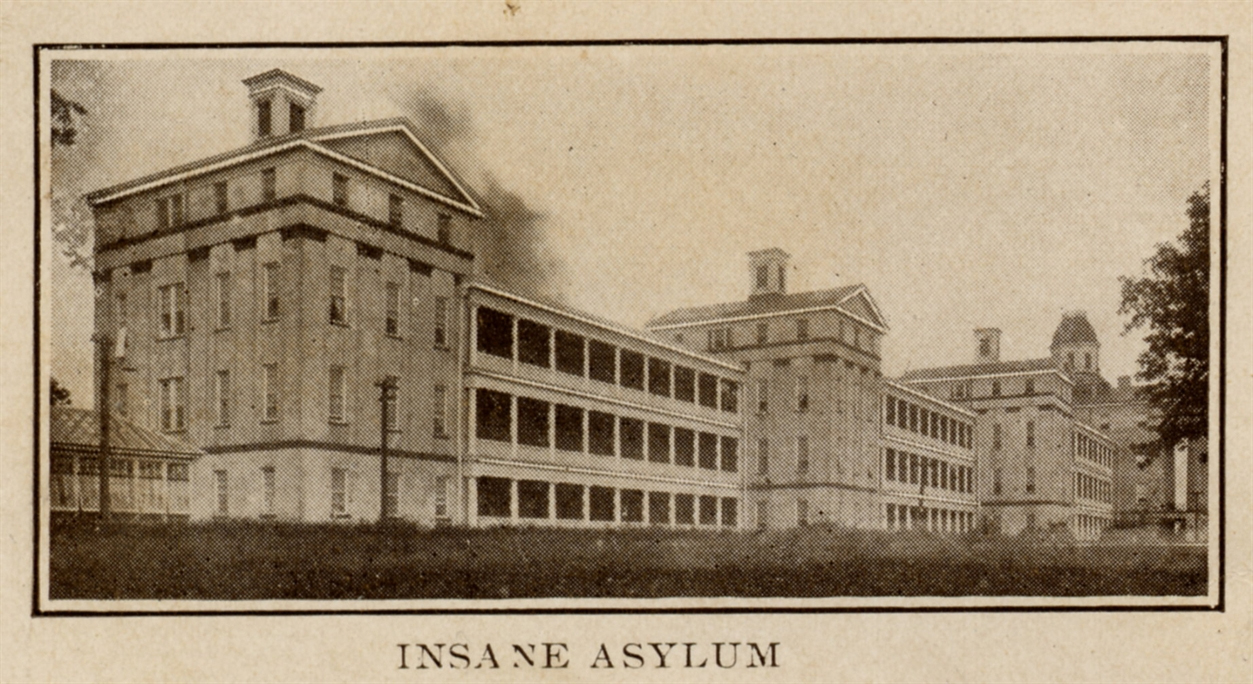
Between 1855 and 1877 alone, 1,376 patients were admitted to the Mississippi State Insane Hospital. One in five of those people died, from ailments including "softening of the brain," "nervous exhaustion" and "chronic diarrhea," according to hospital records.
Anonymous remains

Patients that died while under the care of the Mississippi State Insane Hospital were buried in unmarked graves, making it next to impossible for archaeologists to identify them today.
Hidden graveyard

Radar scans revealed the location of thousands of bodies buried in wooden coffins under UMMC's campus.
Original cemetery
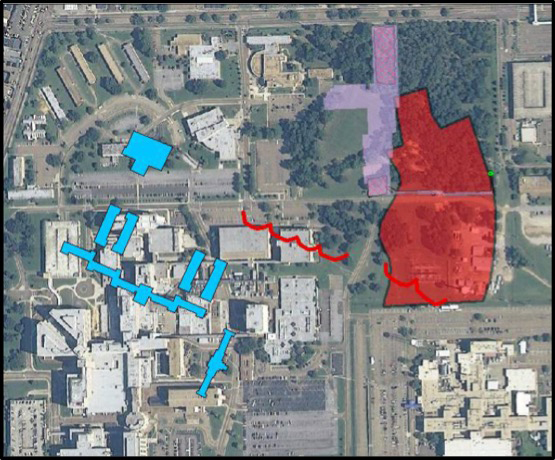
The Mississippi State Insane Hospital's buildings, marked here in blue, were located hundreds of yards from the area where patients' bodies were buried, shown here in red.

Mindy Weisberger is a science journalist and author of "Rise of the Zombie Bugs: The Surprising Science of Parasitic Mind-Control" (Hopkins Press). She formerly edited for Scholastic and was a channel editor and senior writer for Live Science. She has reported on general science, covering climate change, paleontology, biology and space. Mindy studied film at Columbia University; prior to LS, she produced, wrote and directed media for the American Museum of Natural History in NYC. Her videos about dinosaurs, astrophysics, biodiversity and evolution appear in museums and science centers worldwide, earning awards such as the CINE Golden Eagle and the Communicator Award of Excellence. Her writing has also appeared in Scientific American, The Washington Post, How It Works Magazine and CNN.


